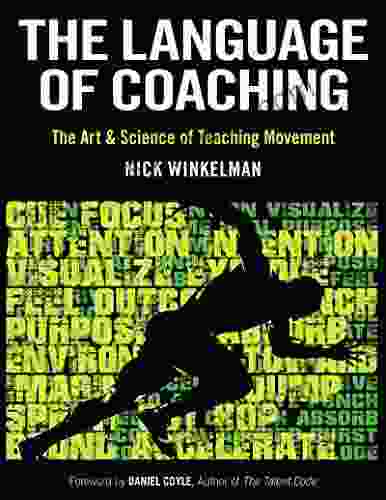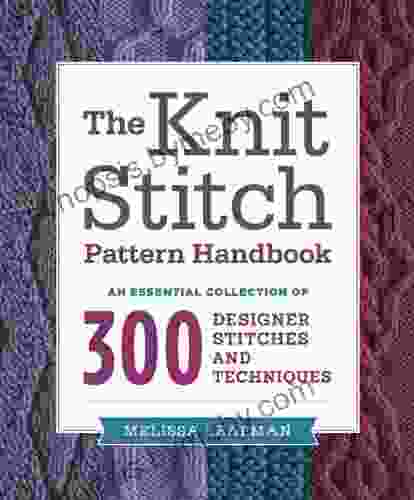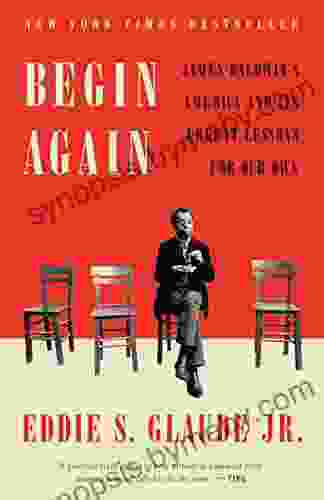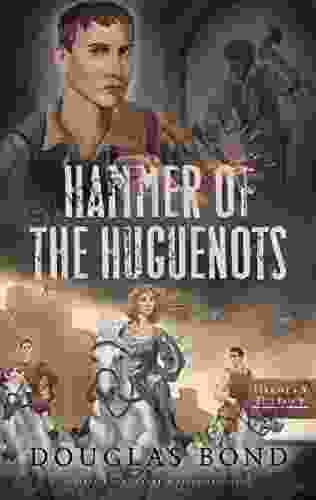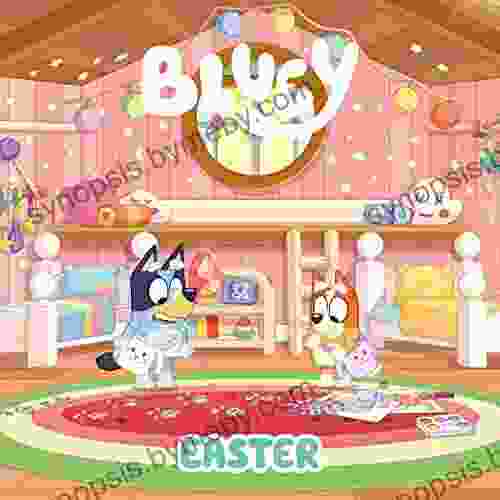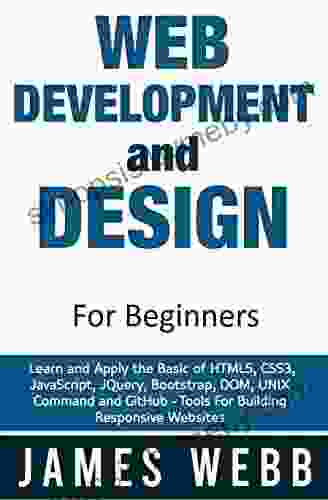The Art Science Of Teaching Movement: Unleash the Transformative Power of Physical Education

The subject of physical education extends far beyond mere physical activity. It's about nurturing physical literacy, fostering healthy habits, and empowering students to develop their overall well-being. The Art Science Of Teaching Movement is a groundbreaking guidebook that provides educators with the tools and insights to unlock the transformative power of physical education.
4.8 out of 5
| Language | : | English |
| File size | : | 479560 KB |
| Text-to-Speech | : | Enabled |
| Screen Reader | : | Supported |
| Enhanced typesetting | : | Enabled |
| X-Ray | : | Enabled |
| Word Wise | : | Enabled |
| Print length | : | 336 pages |
| Lending | : | Enabled |
This comprehensive resource draws on the latest research in motor learning, pedagogy, and educational psychology to present a holistic approach to teaching movement. Through a blend of theoretical foundations and practical applications, educators will gain a deep understanding of how children learn and develop physically, and how to create engaging and effective movement experiences that meet the needs of all learners.
Essential Principles for Effective Movement Education
The Art Science Of Teaching Movement establishes a solid foundation in the essential principles that underpin effective movement education. These principles serve as a framework for educators to design and implement developmentally appropriate and engaging lessons that foster physical literacy and lifelong movement skills.
- Promote Physical Literacy: Physical literacy is the foundation for lifelong physical activity and encompasses the knowledge, skills, and dispositions that empower individuals to participate in physical activities with competence, confidence, and enjoyment.
- Individualize Instruction: Every student has unique needs and learning styles. Educators must differentiate instruction to accommodate the diverse needs of their students, ensuring that each learner has the opportunity to succeed.
- Foster a Growth Mindset: Embracing a growth mindset encourages students to view challenges as opportunities for growth and development. Educators can foster a growth mindset by providing positive feedback, celebrating effort, and creating a supportive learning environment.
- Use Cues Effectively: Cues are verbal, visual, or tactile prompts that guide students' movements. Effective cueing helps students understand the desired movement patterns, develop kinesthetic awareness, and improve their motor skills.
- Promote Active Learning: Active learning experiences provide students with hands-on opportunities to practice and refine their movement skills. Educators can incorporate games, drills, and problem-solving activities to enhance student engagement and retention.
Practical Strategies for Teaching Movement
Beyond theoretical foundations, The Art Science Of Teaching Movement offers a wealth of practical strategies that educators can immediately implement in their teaching. These strategies are organized around the five key elements of movement education:
1. Spatial Awareness
- Use landmarks and reference points to help students orient themselves in space.
- Incorporate movement activities that challenge students' spatial perception, such as mirror exercises and obstacle courses.
- Provide opportunities for students to explore different spatial relationships through games and activities.
2. Body Awareness
- Engage students in activities that promote body awareness, such as body part identification games and movement exploration activities.
- Use mirrors and reflective surfaces to help students observe and analyze their movements.
- Incorporate tactile exercises and sensory integration activities to enhance students' body awareness.
3. Motor Skills
- Break down complex movements into smaller, manageable steps to facilitate learning.
- Provide guided practice with clear and concise instructions and demonstrations.
- Use progressive exercises and drills to gradually increase the difficulty and challenge students' abilities.
4. Rhythmic Awareness
- Incorporate music and rhythmic activities into movement lessons to develop students' sense of rhythm and timing.
- Use movement activities that require students to coordinate their movements with music or other rhythmic cues.
- Provide opportunities for students to experiment with different rhythms and tempos.
5. Creative Expression
- Encourage students to experiment with different movement patterns and create their own movement sequences.
- Use creative movement activities, such as dance and improvisation, to foster self-expression and imagination.
- Provide opportunities for students to share their creative movement ideas with peers.
Assessment and Evaluation in Movement Education
Assessment is an integral part of effective teaching and learning. The Art Science Of Teaching Movement provides guidance on how to assess student progress in movement education. Educators will learn how to:
- Develop meaningful assessment tasks that align with learning objectives.
- Use a variety of assessment methods, such as observation, checklists, and rubrics.
- Provide constructive feedback to students to support their growth and development.
- Track student progress over time to inform instruction and make data-driven decisions.
The Role of Technology in Movement Education
Technology can be a valuable tool for enhancing movement education. The Art Science Of Teaching Movement explores the various ways that technology can be integrated into physical education lessons to support student learning and engagement. Educators will learn how to:
- Use technology to create interactive and engaging movement activities.
- Incorporate wearable technology to track student movement and provide feedback.
- Use video analysis to help students improve their movement patterns.
- Access online resources and professional development opportunities to enhance their teaching practices.
The Art Science Of Teaching Movement is an indispensable guidebook for physical educators, classroom teachers, and anyone who wants to empower students to reach their full physical potential. Through a comprehensive exploration of the latest research and best practices, this resource provides a roadmap for educators to create transformative physical education experiences that foster physical literacy, promote lifelong movement skills, and nurture the overall well-being of their students.
Invest in The Art Science Of Teaching Movement today and unlock the power of movement education to transform the lives of your students. Let's work together to empower the next generation of physically literate and active individuals who will embrace the joy of movement throughout their lives.
Free Download your copy now
4.8 out of 5
| Language | : | English |
| File size | : | 479560 KB |
| Text-to-Speech | : | Enabled |
| Screen Reader | : | Supported |
| Enhanced typesetting | : | Enabled |
| X-Ray | : | Enabled |
| Word Wise | : | Enabled |
| Print length | : | 336 pages |
| Lending | : | Enabled |
Do you want to contribute by writing guest posts on this blog?
Please contact us and send us a resume of previous articles that you have written.
 Book
Book Novel
Novel Page
Page Chapter
Chapter Text
Text Story
Story Genre
Genre Reader
Reader Library
Library Paperback
Paperback E-book
E-book Magazine
Magazine Newspaper
Newspaper Paragraph
Paragraph Sentence
Sentence Bookmark
Bookmark Shelf
Shelf Glossary
Glossary Bibliography
Bibliography Foreword
Foreword Preface
Preface Synopsis
Synopsis Annotation
Annotation Footnote
Footnote Manuscript
Manuscript Scroll
Scroll Codex
Codex Tome
Tome Bestseller
Bestseller Classics
Classics Library card
Library card Narrative
Narrative Biography
Biography Autobiography
Autobiography Memoir
Memoir Reference
Reference Encyclopedia
Encyclopedia E L Reading
E L Reading E Cheng
E Cheng Douglas Gills
Douglas Gills Dwayne Walker
Dwayne Walker Rob Shelsky
Rob Shelsky Edgar Bergen
Edgar Bergen Douglas Delong
Douglas Delong Edward Achorn
Edward Achorn Laerke Recht
Laerke Recht Donna W Reamy
Donna W Reamy Douglas R Hofstadter
Douglas R Hofstadter Scott Tipton
Scott Tipton Logan Ryles
Logan Ryles Earl Hipp
Earl Hipp Eberhardt Rechtin
Eberhardt Rechtin Joyce Morgan
Joyce Morgan E A Koetting
E A Koetting Eddie Merrins
Eddie Merrins E J Loveson
E J Loveson Doug Lamoreux
Doug Lamoreux
Light bulbAdvertise smarter! Our strategic ad space ensures maximum exposure. Reserve your spot today!
 Fyodor DostoevskyFollow ·8.6k
Fyodor DostoevskyFollow ·8.6k Anthony BurgessFollow ·16.2k
Anthony BurgessFollow ·16.2k Alexandre DumasFollow ·9.5k
Alexandre DumasFollow ·9.5k Miguel NelsonFollow ·17.7k
Miguel NelsonFollow ·17.7k Geoffrey BlairFollow ·2.7k
Geoffrey BlairFollow ·2.7k Israel BellFollow ·8.9k
Israel BellFollow ·8.9k Edgar CoxFollow ·14.6k
Edgar CoxFollow ·14.6k Langston HughesFollow ·17.9k
Langston HughesFollow ·17.9k
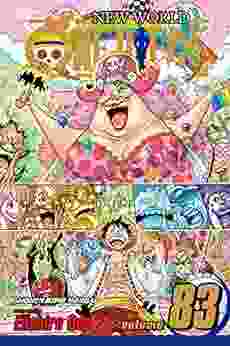
 Colton Carter
Colton CarterEmperor of the Sea Charlotte Linlin:
A Monumental Force...
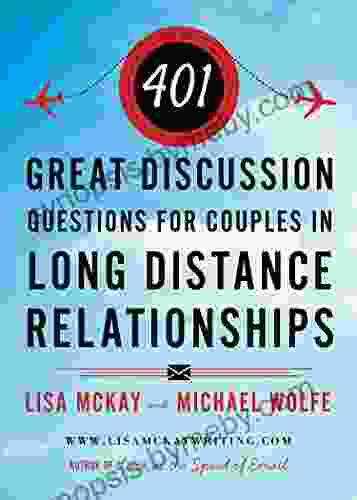
 Brett Simmons
Brett SimmonsIgnite Intimacy and Bridge Miles: 401 Discussion...
Long distance relationships (LDRs),while...

 Manuel Butler
Manuel ButlerEscape into the Extraordinary World of "Dressrosa:...
Unveiling the...
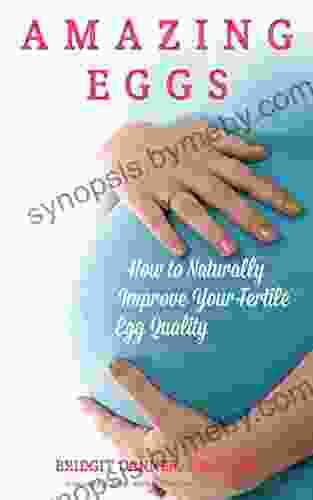
 Stuart Blair
Stuart BlairUnlock the Secrets to Enhance Your Fertile Egg Quality: A...
For couples longing to start...
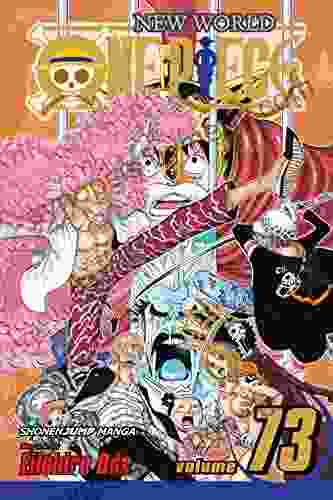
 Ismael Hayes
Ismael HayesOperation Dressrosa: The One Piece Graphic Novel – Gear...
Are you ready to set sail on...
4.8 out of 5
| Language | : | English |
| File size | : | 479560 KB |
| Text-to-Speech | : | Enabled |
| Screen Reader | : | Supported |
| Enhanced typesetting | : | Enabled |
| X-Ray | : | Enabled |
| Word Wise | : | Enabled |
| Print length | : | 336 pages |
| Lending | : | Enabled |


